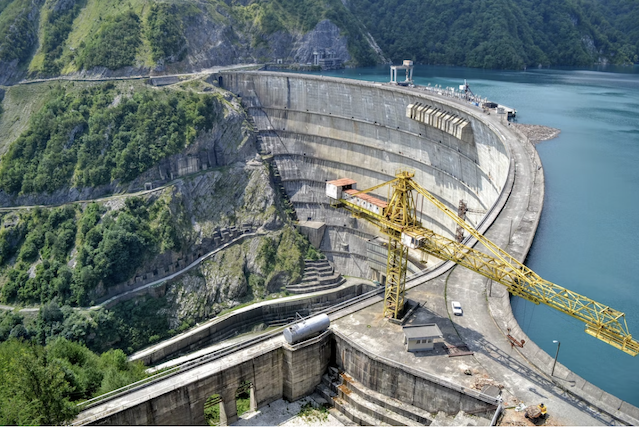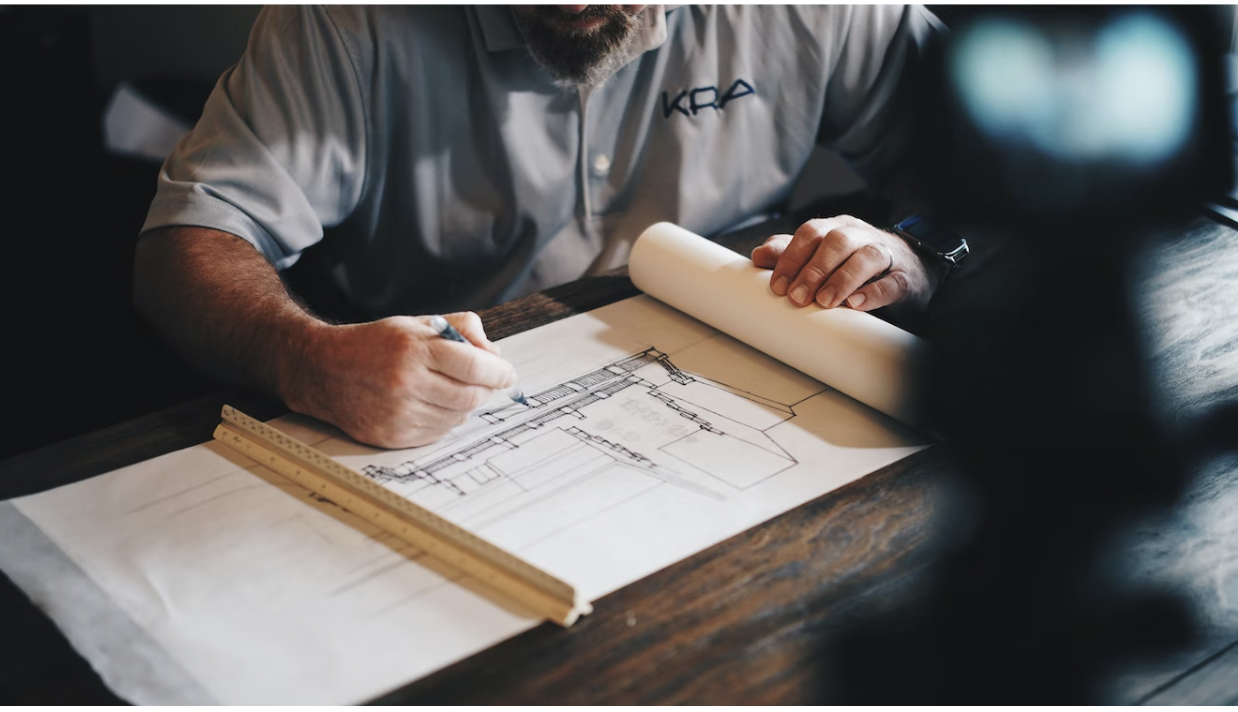How to organize a construction site near a lake or river?

Organizing a construction site near a lake or river can present unique challenges and potential hazards. The proximity of such sites to bodies of water adds an extra layer of complexity to the planning process, as it is critical to ensure that runoff from the construction doesn’t negatively impact the environment. Therefore, it is important to take extra precautions when organizing a construction site near a lake or river.
Ensure safety measures are put in place to prevent pollution of the waterway
One of the most important aspects of organizing a construction site near a lake or river is ensuring that runoff from the site does not negatively impact the environment. It is essential to have proper drainage in place to prevent any waste materials and pollutants from entering the water. In addition, it is also important to use biodegradable materials and make sure that any hazardous waste is disposed of in a safe manner. Namely, hose floats, for instance, can prevent slippage and keep any liquids from going into the lake or river. On the other hand, it is also important to consider the safety of those working on the construction site, especially if they are near a body of water. Any use of machinery or equipment should be done cautiously in order to avoid any potential accidents that could cause harm to individuals or negative impacts on the environment.
Create a plan for waste disposal and management
Proper waste management is also critical when organizing a construction site near a lake or river. This includes having proper facilities for the disposal of any waste materials, such as concrete and debris. Additionally, it is important to plan for the safe storage of hazardous materials. It is also necessary to create a plan for recycling any materials that can be reused during or after the completion of the project, such as scrap metal or wood. Soil erosion and the resulting runoff can be minimized by planting vegetation in the area, as plants can help to stabilize the land.
Secure project approval from relevant authorities
Lastly, it is important to secure proper authorization for a construction site near a lake or river. This includes obtaining any necessary permits and licenses from local authorities and environmental organizations, such as the Environmental Protection Agency (EPA). This helps to ensure that the project is compliant with any applicable regulations and laws, which are in place to protect the environment.
Also, it is important to get in touch with the relevant authorities and stakeholders, such as local landowners and conservationists, in order to discuss any potential issues or concerns that may arise during the project.
Develop a plan to mitigate any potential risks

Organizing a construction site near a lake or river can also present potential risks, such as flooding and contamination of the waterway. It is important to develop a plan to mitigate these risks by creating an effective drainage system and ensuring that any hazardous materials are handled safely. Additionally, it is also important to regularly inspect and monitor any equipment used near the waterway. When constructing near a body of water, it is also important to consider any potential disruption to the local wildlife and create measures to reduce this impact.
Protect the wildlife and vegetation
Construction sites can be disruptive to the local wildlife and plant life, so it is important to take steps to minimize disruption as much as possible. It is recommended to construct fences around the site, which can help prevent animals from entering the construction zone and minimize disruption to nearby habitats. In addition, it is important to avoid using chemical fertilizers or pesticides near rivers or lakes, as these can have a negative effect on the environment.
Ensure that adequate dust control measures are in place
Dust from a construction site can be hazardous to both people and the environment, so it is important to take steps to ensure dust is kept under control. Proper ventilation and water misting systems can help reduce the amount of dust that is created, while specially designed covers or tents can be used to prevent particles from becoming airborne.
In addition to these steps, it is important to adhere to any local regulations when organizing a construction site near a lake or river. Check with the local authorities to ensure that all safety and environmental regulations are being followed. Doing so will help protect both the environment and those who are working on the construction project.
Organizing a construction site near a lake or river requires extra attention, as the potential for harm to the environment is greater. Taking steps to ensure safety measures, protect wildlife and vegetation, and implement proper dust mitigation can help minimize the risks associated with construction near a lake or river. With the right precautions, construction projects near bodies of water can be successful and sustainable.





